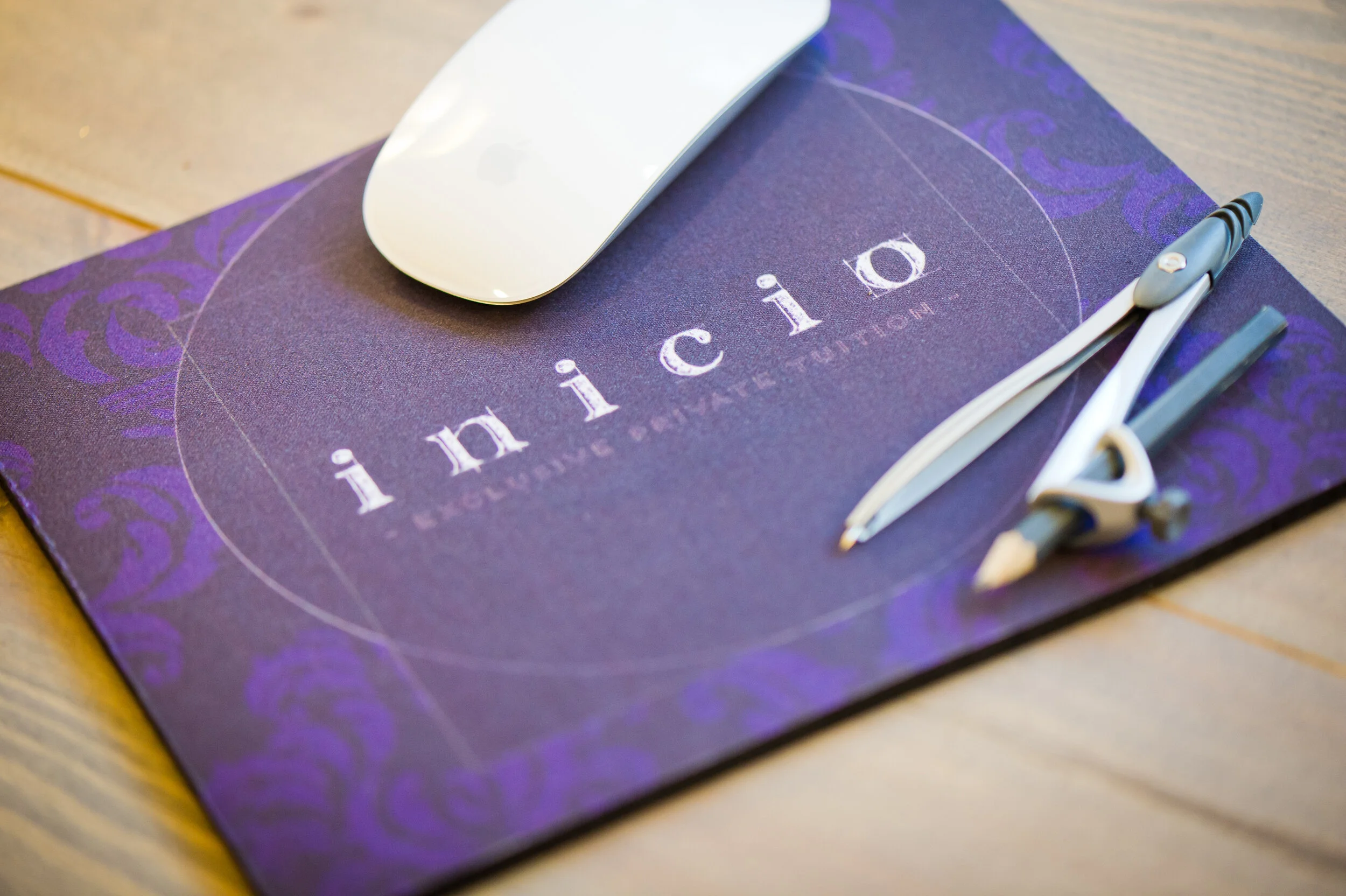All around Britain, parents are feeling anxious. In a few short days, their kids will start school. Maybe they will do part-time, maybe they will do full-time. But either way, 4 year olds will wave goodbye to their parents and enter a classroom for the first time.
Viewing entries tagged
Teaching
Learning styles vary among individuals, in much the same way that personalities do. No two people are alike, so it makes sense that no two people learn in exactly the same way. Teachers know only too well about the different ways that people process information, and make an effort to match their teaching methods with students’ learning patterns whenever possible (although, with the best will in the world, they're never going to manage 30 different learning styles!)
Teaching and learning
How you learn is largely determined by the methods used to teach you or train you. For most people of course, that will be how they are taught in school, although we appreciate people are taught and learn in other situations too. Other factors in the way you learn include how you internalize experiences, how you recall facts and how you communicate. Over the years, researchers have identified at least seven learning styles: visual, aural, verbal, physical, logical, social and solitary. The key components of these styles are:
Visual: Learns best through pictures, images, and spatial representations
Aural: Learns best through sound and music
Verbal: Learns best through words, both in speech and writing
Physical or kinesthetic: Learns best by using the body, hands and sense of touch
Logical: Has mathematical leanings and learns best through use of logic, reasoning and systems
Social or interpersonal: Learns best in groups or working with a team
Solitary: Learns best working alone.
Current educational thinking has turned these seven styles into just three: auditory, visual and tactile. A student with an auditory learning style best processes new information by using his or her sense of hearing, such as through lectures, discussions or audio recordings. A visually inclined student flourishes by using written media - books, websites and information displayed on flip charts or whiteboards. The tactile student prefers a hands-on situation, such as labs and workshops, where actually doing something helps enhance their learning.
Do you know what type of learner you are? If you think back to where you have done well in school, university or in learning a new skill, you may be able to identify yourself as being an auditory, visual, or tactile learner.
Tests
Sometimes categorising a learning style isn't that clear-cut, but there are tests available to help pinpoint your dominant learning traits. In one such exercise, your learning style is revealed by answering questions about how you perform certain tasks. The task, such as reading, would be listed in the first column and a question given under each category in the next three columns. You are asked to circle the question that best describes your process for each task. Your learning style would be revealed by the category with the most questions circled. If you are a learner with a dual style or overlapping traits, this will become clear too.
Whatever the testing shows, knowing your learning style can help you select the right options for you to give you the best possible chance of success in your education.
If you would like to discuss your learning style with a private tutor at INICIO in Leicestershire, call us today on 01858 462648 to arrange an introductory visit to our unique learning environment.
Talk to students, and you'll probably find that Maths is among the most unpopular subjects. It's boring, it's difficult, it lacks the excitement of what they really want to be doing.
The funny thing is though, that Maths is actually a fascinating subject, as well as one of the most useful for career success. Fields such as engineering and computer science really demand a good knowledge of Maths to succeed. And maths tuition, if geared towards the student's interests, can often light up the their abilities, even if they're not finding that interest in their school work.
Difficult
The problem for many people may be that Maths is seen as difficult, because a grounding in the basics is essential before you get to the more interesting stuff. Think of it as being a bit like a Beatles song. Take it apart, and it's very complicated: melodies are overlaid on one another, chords shift into different keys, scales from foreign cultures suddenly enter into the structure of the song. But when you hear it, you don't think of the underlying structure of the song, you just think it's a great tune!
Just as we might not realise that some of our favorite things are built on complicated structures, students may not realise that their interests might be related to subjects they would otherwise find prohibitively difficult.
Problem-solving
This is why a maths tutor with reluctant learners can really help their students understand the subject by igniting a passion in it. Relating a student's interests to the task at hand is just one way to create positive reinforcement in their learning. Perhaps their favourite song or favourite painting is built on mathematical principles. Maybe they're football fans, and don't realise that problem-solving skills are essential to a team's success. Whatever the method, by showing students how the most interesting parts of their worlds are structured on Maths, we can teach them that if they put in the work, they'll find more enjoyment than they knew existed.







